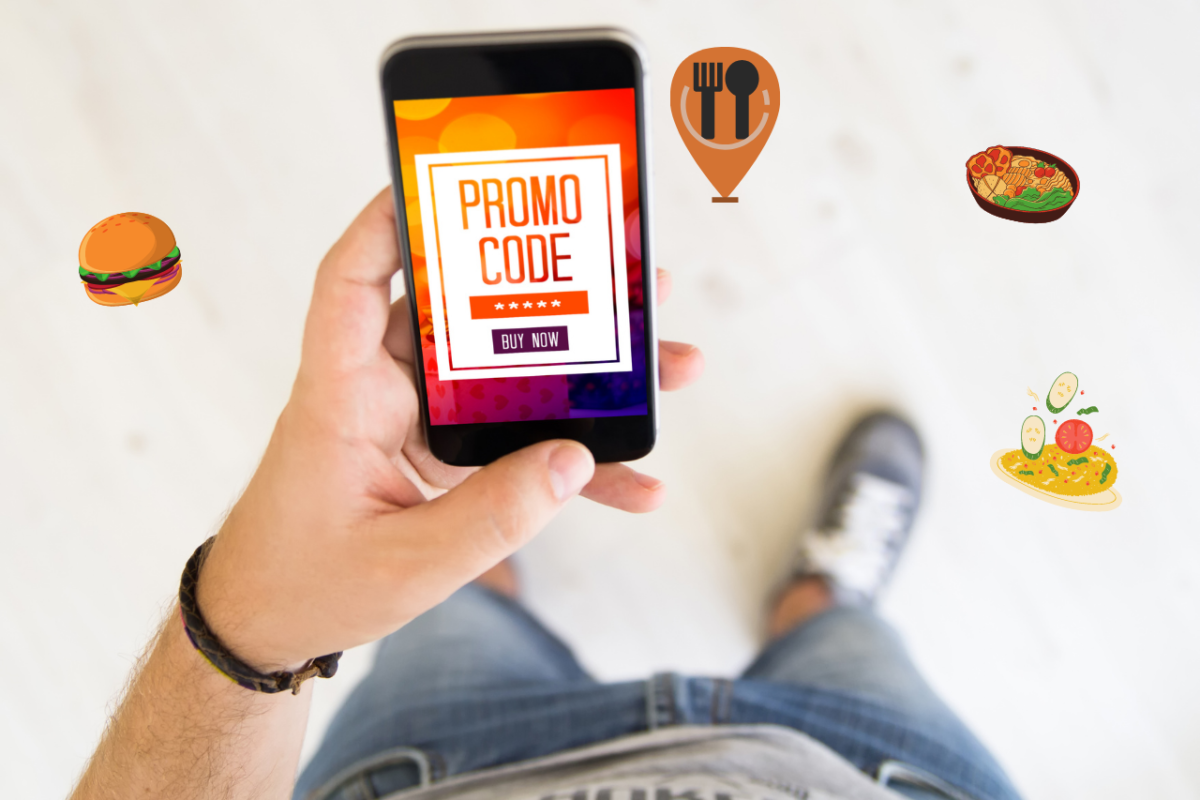Paper Coupon Cutouts Are Dead
The days of cutting out coupons from local newspapers are long gone. What else will become obsolete before we even know it?
It was only around two decades ago (circa 1995) that digitally printed coupons from your computer were all the craze. This trend has had its run but coupons are still used by 85% of Americans according to creditcard.com. So how are people getting coupons?
Today, the hottest way of acquiring coupons is completely digital. 73% of American consumers are using paperless coupons according to Valassis and digital coupon redemption is projected to grow to $91 billion by 2022.
It’s safe to say that we’re in the golden era of digital coupons.
Promos and Deals Are Expected
Coupons and deals have had some connotations tied to it – that they’re used by cheap consumers or the product/service has been devalued. This is no longer the case today. Deals and promos are everywhere, making them a requisite for competing against the endless options available.
Millennials and Gen Z are also making smarter investments and being more careful with spending. While there is the occasional reckless spender, a great number fit in as part of the “money conscious generation.” Finding a deal has become an ingrained habit of Millennials and Gen Z, who shared a total spending power of $3 trillion in 2020.
And if you imagined Covid-19 further encouraging extreme money spending habits, you’d be correct. 81% of Millennial parents have increased their saving habits since Covid-19 according to Valassis.
The Rise of Restaurant Promo Apps
It’s no question that restaurants can capitalize on the rising mobile coupon market.
Out of all active coupon users, 57% use them for restaurants. Additionally, 49.2% of all redeemed coupons, in general, are food-related.
Restaurant promo apps aim to replace archaic restaurant coupon cutouts from magazines and newspapers. They create a platform for restaurants and foodies to connect without huge commission costs eating away profits like Groupon does.
These platforms use a bidding-style system where diners get customized deals and restaurants get extra business (unlike coupons that offer the same deal to everyone).
Instabids vs. ChowEasy
The core of these two apps is the same in that they are bidding platforms for restaurant-goers and restaurants. Restaurant-goers save money with great deals and restaurants earn the extra business. You choose the type of cuisine you’re in the mood for, your location, and hope for a personalized bid.
It’s how they implement their bidding system that makes these two apps different.
Instabids allows diners to select 2-5 restaurants that they would like to request bids from. The chosen restaurants then get 9 minutes to begin offering discounts. After the bidding window of 9 minutes is up, the highest discount offered wins, and Instabids sends it to the diner.
ChowEasy allows diners to choose a restaurant genre and enter an amount they are willing to spend. ChowEasy then instantly matches this amount with restaurants that are willing to accept the bid. The name of the restaurant is revealed when the diner gets a match. Diners get to save money and discover a new restaurant. Restaurants get local support and don’t have to worry about being placed in an “open coupon list” that brands them as a “discounter.”
Restaurants can join ChowEasy for free and boost business by capitalizing on the mobile coupon craze without diminishing their brand as a discount restaurant.



